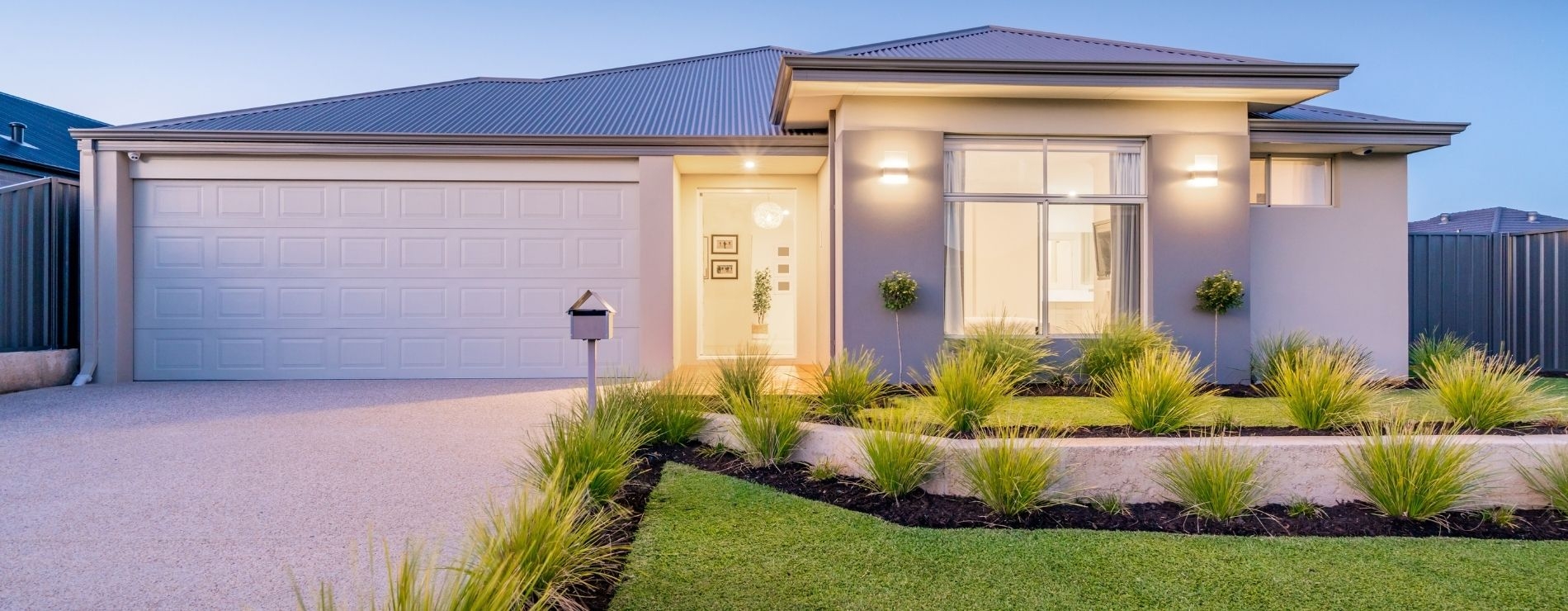
The required down payment for a conventional loan may not be as much as you think.
Many assume you need 20% down for a conventional mortgage, but that’s not always the case. Most lenders allow down payments much lower.
Here’s what you must know.
Minimum Down Payment for First-Time Buyers
First-time homebuyers have the advantage of lower down payment requirements.
For example, you can put down 3% and qualify for conventional financing if you meet the credit and debt-to-income ratio requirements.
This low down payment requirement allows first-time homebuyers to purchase a home much sooner as they need only $3,000 for every $100,000 in sales price.
There is a max loan amount for this 3% down payment option and that is up to the current conforming loan limit.
Currently (year 2023) it’s at $726,200. Some counties like San Diego have higher limits.
Minimum Down Payment for Repeat Buyers
Repeat buyers need a slightly higher down payment, but because you likely have equity from the home you currently own, it’s easier to come up with the funds.
Read: How To Use a Cash Out Refinance To Buy Another Home
When you use the money from the sale of your home, you have to come up with less money from your own savings.
Repeat homebuyers need a minimum down payment of 5% of the sales price or $5,000 for every $100,000 purchase price.
Minimum Down Payment for Real Estate Investors
Real estate investors may qualify for conventional loans but need a higher down payment.
In addition, lenders take a more significant risk when you’re buying a home that’s not for you to live in.
Because it’s not your primary residence, it’s easier to walk away from the mortgage and home if you can no longer afford it.
Lenders usually require a 15% down payment or higher on an investment home to make up for this risk. This means $15,000 down for every $100,000 in sales price.
Private Mortgage Insurance
It’s important to know that if you put down less than 20% on a home, you’ll pay PMI or Private mortgage insurance.
You’ll pay this premium until you owe less than 80% of the home’s value. So the larger your down payment is compared to the sales price, the less time you’ll pay PMI.
Read: How to Remove PMI on a Mortgage
Your PMI amount depends on how much you borrow and your credit score, so the less you borrow and the better your credit score, the less PMI you’ll pay.
Other Qualifying Factors for Conventional Loans
The down payment is a tiny piece of the puzzle when considering conventional loans.
While proving you have the money to put down is important, there are other factors to consider, including the following:
- Minimum 620 credit score with a solid credit history – Lenders must ensure you pay your bills on time and don’t overextend your credit
- Maximum 47% debt-to-income ratio – This limits how much debt you can have, freeing up more of your income to pay the mortgage on time
- Proof of stable income – Most lenders prefer a two-year employment history that shows consistent employment and income.
Final Thoughts on Down Payment Requirements
Buying a house with less than 20% down makes it easier to become a homeowner faster. While you’ll pay private mortgage insurance until you owe less than 80% of the home’s value, it doesn’t last forever, and being able to buy a house sooner is a much larger benefit.
Are you ready to apply? Start the process by completing the form below.